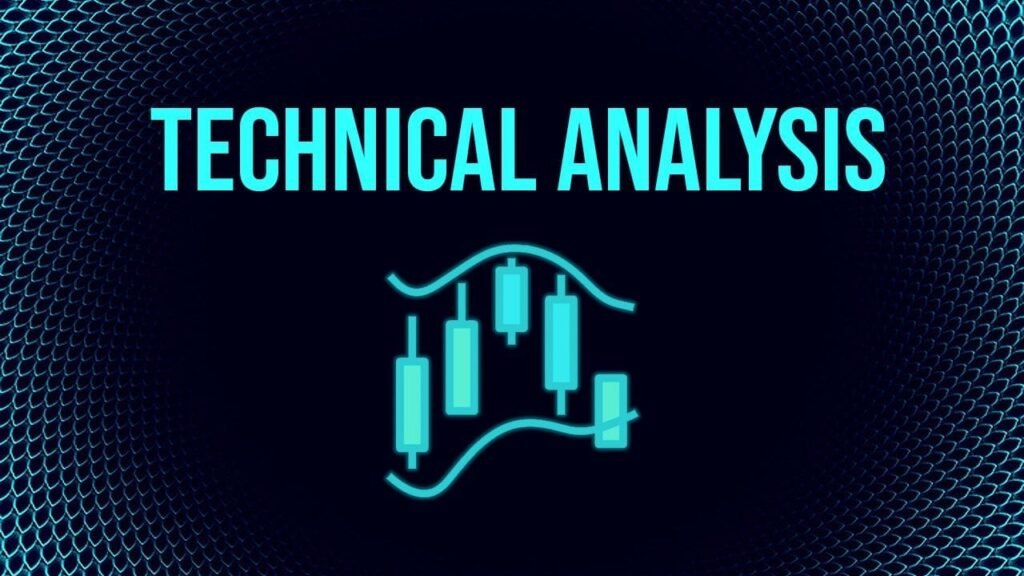Technical Analysis: Understanding Price Trends and Market Signals in Trading
In the world of trading, one concept continues to be a trusted tool for both beginners and professionals alike: technical analysis. This time-tested method focuses on reading price charts, analyzing volume data, and identifying patterns to help traders make informed decisions in the market. Whether you are exploring forex, commodities like gold, or stock indices, technical analysis offers a strategic approach to forecasting market movements.
Technical analysis is a method used to study past market data—primarily price and volume—in order to anticipate future price movements. Unlike fundamental analysis, which looks at a company’s financial performance, technical analysis is grounded in market behavior and sentiment reflected in charts and patterns.
At its core, technical analysis assumes that all available market information is already reflected in the price, and therefore, tracking price trends is essential to understanding future opportunities

-
It focuses on price movement and trading volume.
-
Helps identify trends, entry points, and potential reversals.
-
Uses charts, indicators, and patterns for analysis.
-
Applies to all tradable instruments including forex, commodities, and stocks.
-
It’s widely used in short-term trading but also valuable for long-term strategy.
A Brief History: Where It All Began
The foundation of modern-day technical analysis lies in the Dow Theory, introduced by Charles Dow in the late 1800s. His work paved the way for future experts like Robert Rhea and John Magee who expanded the theory into a complete analytical framework.
Over time, technical analysis has evolved into a powerful tool consisting of hundreds of indicators, charting techniques, and trend patterns.
How Technical Analysis Works
Technical analyses examines how supply and demand impact price fluctuations. Analysts study chart patterns, trend lines, and momentum indicators to evaluate a security’s potential movement.
This approach is based on three core principles:
-
The Market Discounts Everything: Prices already reflect all relevant information, including news and fundamentals.
-
Prices Move in Trends: Whether up, down, or sideways, price movements tend to follow trends.
-
History Repeats Itself: Patterns in price movements often repeat due to market psychology and behavioral finance.
Common Tools Used in Technical Analysis
There are a variety of tools and indicators traders use to interpret market conditions:
1. Price Trends
A basic concept where prices move in an uptrend (higher highs and lows), downtrend (lower highs and lows), or sideways trend.
2. Chart Patterns
Patterns like head and shoulders, triangles, and double tops/bottoms help traders recognize breakouts or reversals.
3. Moving Averages
Helps smooth out price data over time, making it easier to spot trends. Common types include simple moving average (SMA) and exponential moving average (EMA).
4. Volume Indicators
Analyzing volume alongside price movement helps validate trends. Tools like On-Balance Volume (OBV) and Volume Oscillator are widely used.
5. Oscillators and Momentum Indicators
These include Relative Strength Index (RSI), MACD (Moving Average Convergence Divergence), and Stochastic Oscillator, which help identify overbought or oversold conditions.
6. Support and Resistance Levels
Horizontal lines where the price tends to find a ceiling (resistance) or a floor (support), often used for planning entries and exits.
Technical Analysis vs. Fundamental Analysis
| Feature | Technical Analysis | Fundamental Analysis |
|---|---|---|
| Focus | Price & Volume | Financial Performance |
| Tools | Charts & Indicators | Balance Sheets, P/E Ratios |
| Objective | Predict Price Movement | Determine Intrinsic Value |
| Common Users | Day Traders, Swing Traders | Long-term Investors |
While technical analysis is preferred for short-term trading due to its focus on timing and momentum, many traders use it in combination with fundamental analysis for a holistic view.
Applications of Technical Analysis in Different Markets
Technical analyse can be applied to almost any asset class:
-
Forex Trading: Track currency pair trends using indicators like RSI or MACD.
-
Commodities: Spot bullish/bearish setups in gold or oil charts.
-
Stock Market: Use moving averages and patterns to time stock entries.
At Signal Expert Global, we use technical analysis to provide insights and signals that empower traders to make calculated moves in the forex and commodity markets.
Limitations of Technical Analysis
Like any strategy, technical analysis has its limitations:
-
It relies heavily on historical data and may not always predict future outcomes.
-
Some critics argue that market conditions change and history may not always repeat.
-
There’s a risk of self-fulfilling prophecies, where widely followed signals may influence trader behavior and cause the predicted moves.
Still, when used with risk management and combined with other analysis, technical analysis can be a valuable decision-making tool.
Getting Started with Technical Analysis
If you’re new to technical analyses:
-
Start with basics like candlestick charts and trend lines.
-
Practice with demo accounts to understand how indicators behave.
-
Use educational platforms and market analysis resources.
At Signal Expert Global, we provide regular chart insights, training blogs, and signal services to help traders navigate the markets effectively.
The Bottom Line
Technical analyses is a vital method used by traders to analyze market behavior and make informed decisions. While it may not offer certainty, it provides a structured way to read market signals and develop a disciplined trading approach.
By learning how to interpret price trends, volume, and chart patterns, traders can gain an edge in their strategies—especially in fast-paced environments like forex and comex trading.
